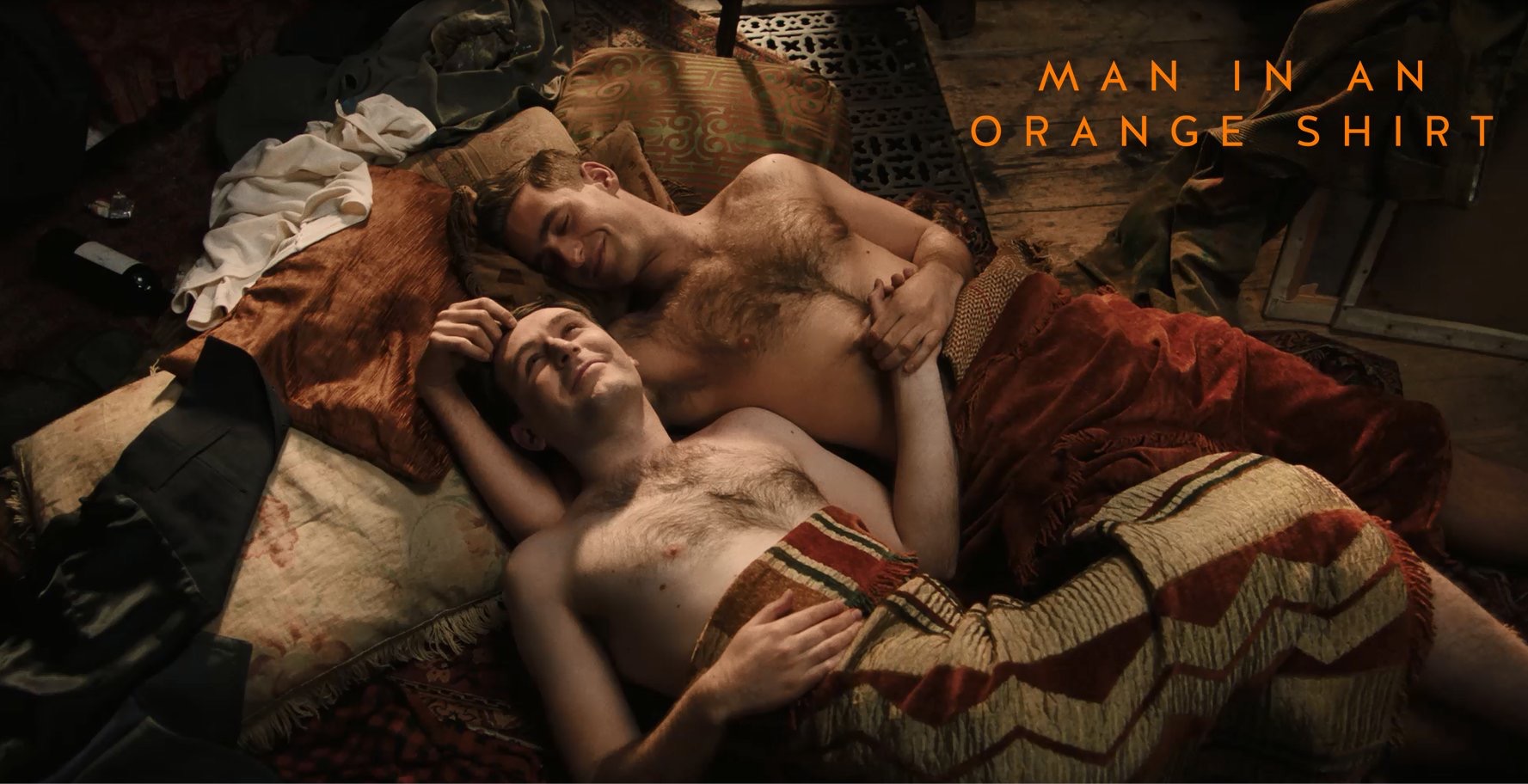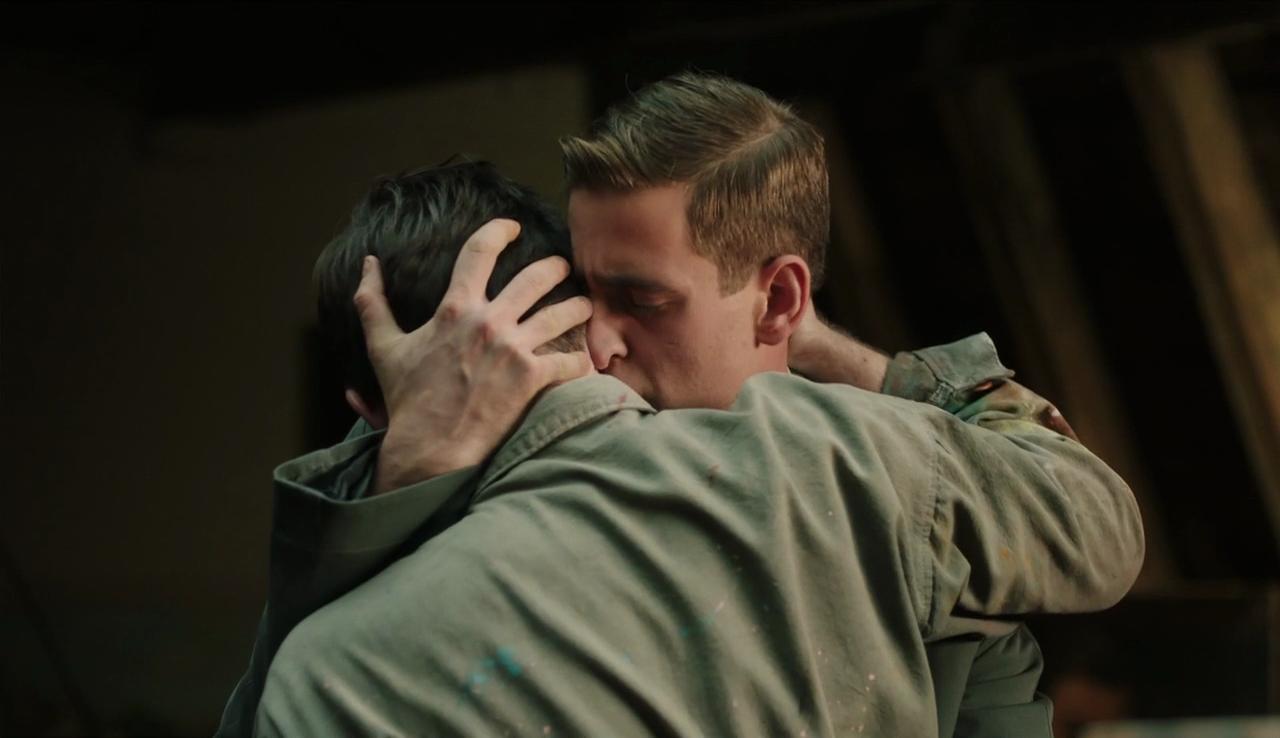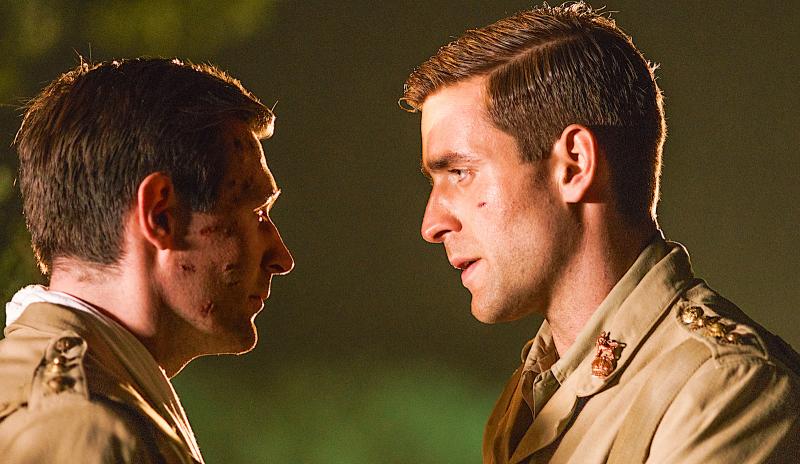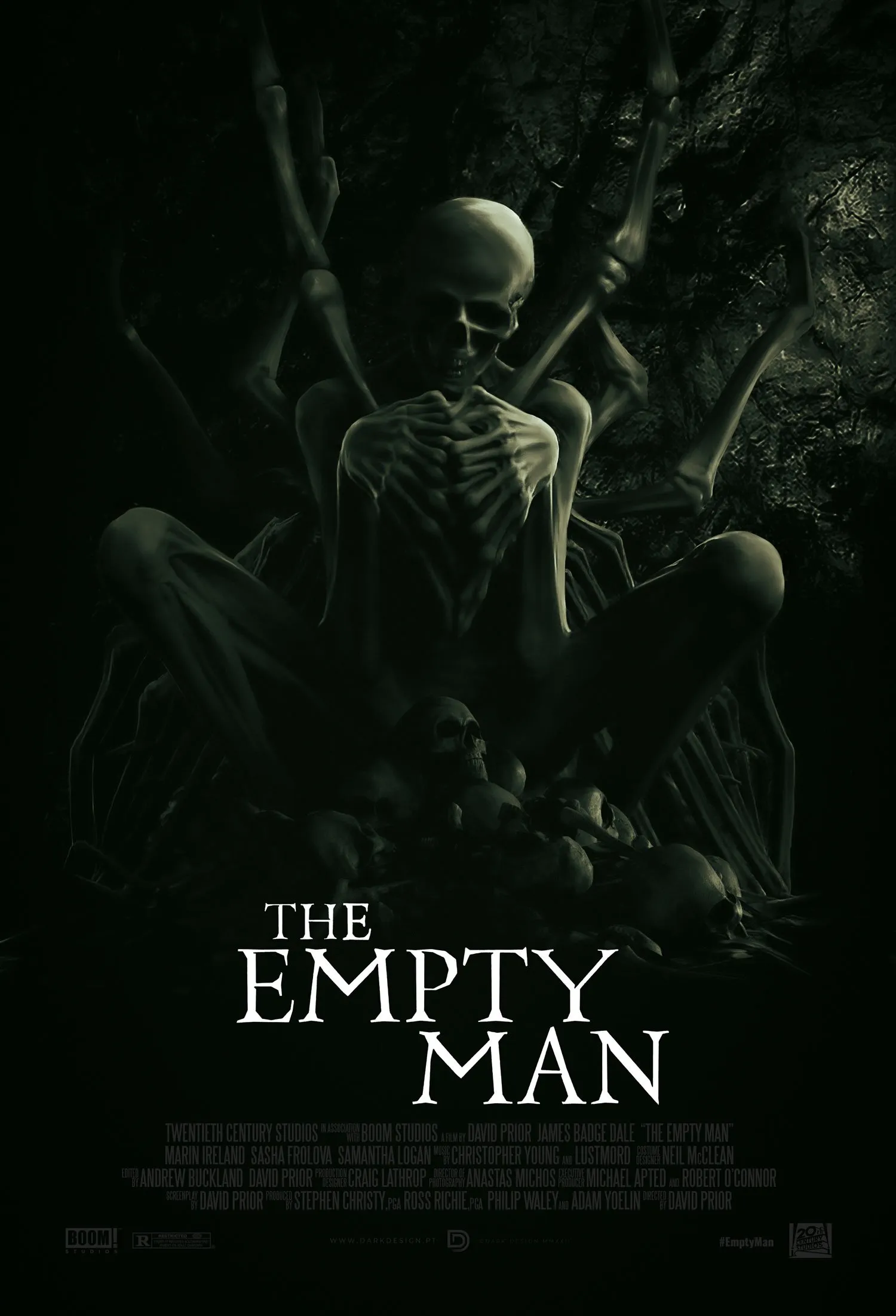Man in an Orange Shirt (2017) is a British TV mini-series that explores themes of love, identity, and the challenges of being openly gay in different periods of time. The story is set in two timelines: one in the 1940s and the other in the present day. The series focuses on the lives of two men, one of whom is struggling with his sexuality in an era when being gay was still socially taboo. This narrative is paired with the contemporary story of a young man coming to terms with his own identity.

In the 1940s storyline, the film centers on the character of Michael (played by Oliver Jackson-Cohen), a soldier who returns home after World War II and begins a secret romance with another man, Thomas (Julian Morris). The series delves into the emotional struggles they face in a time when homosexuality was not only frowned upon but also criminalized. As Michael and Thomas navigate their forbidden love, they must deal with societal expectations and the consequences of living a life full of secrecy.

The present-day storyline follows the life of Michael's granddaughter, who uncovers the hidden story of her grandfather’s love affair through a series of letters and photographs. Her discovery leads her to reflect on her own relationships, personal identity, and the ongoing struggles LGBTQ+ individuals face in contemporary society. This parallel narrative highlights the contrast between the challenges faced by gay individuals in the past and present, offering a powerful commentary on societal change and the persistence of personal freedom.

The series is deeply emotional and poignant, with Vanessa Redgrave playing a key role as the older version of the character who reflects on the past and its impact on future generations. The actors’ performances bring depth to the story, particularly as it navigates the painful reality of love and loss in a world that has not always been kind to people who deviate from the norm.

Man in an Orange Shirt not only tells a touching love story but also serves as an important reflection on the cultural and historical challenges of LGBTQ+ identity. Through its shifting timelines, it showcases the generational differences in how love is viewed and experienced, while still recognizing that the journey toward acceptance and equality continues.



